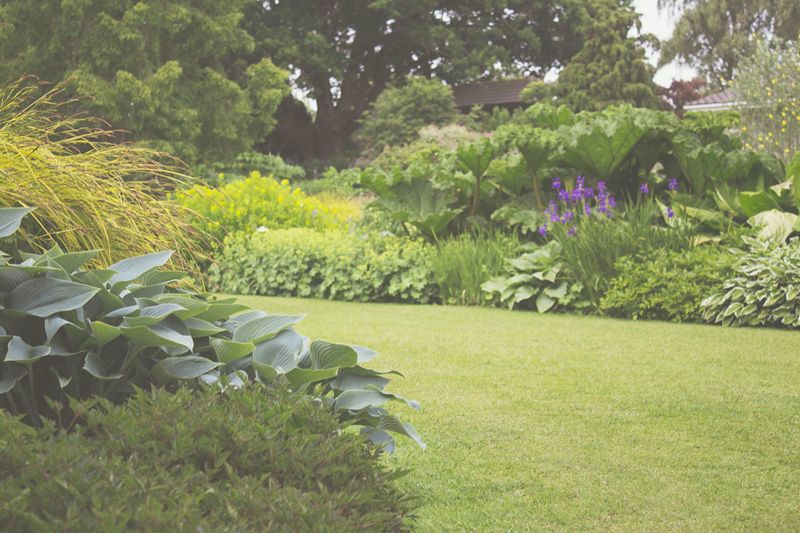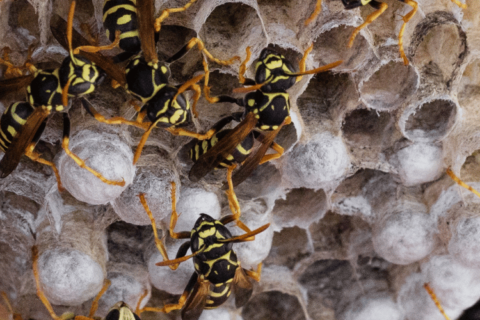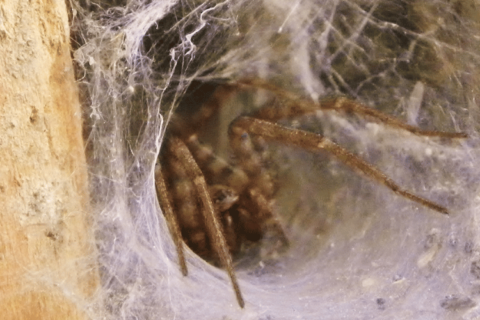Summer Mosquito Guide
Summer brings many fun things like swimming and barbecues. Unfortunately, summer also brings mosquitoes. These pests not only cause red, itchy bumps but can also transmit disease-causing viruses such as the West Nile and the Zika virus. Fortunately, there are steps you can take to lower the number of mosquitoes in your yard.
Why do mosquitoes bite? Why does it itch?

Only female mosquitoes bite. (Who Knew?) They need the protein found in blood in order to nourish their developing eggs. Female mosquitoes follow several different clues to find a meal, including heat, exhaled carbon dioxide, and body odor.
When a mosquito finds a host, it uses its specialized mouth-parts to pierce the skin, find a blood vessel, and drink. As it does this, the mosquito also injects the host with its own saliva, which contains an anticoagulant and certain proteins. The proteins in the saliva triggers the body’s immune system. Histamine is released, which allows white blood cells to access the area. Histamine also signals nerves to the area, causing the bites to itch.
What attracts mosquitoes to your yard?
Plants

Mosquitoes feed on nectar, honeydew, and sap from plants. Much like when a mosquito bites a human, they use their straw-like mouth-parts to pierce the plants and suck out the sap. Plants also provide hiding places. The leaves give plenty of shade for mosquitoes to escape the midday sun. This is why pest control companies target plants in your yard.

Breeding Sites
Most mosquitoes species breed, lay eggs, and develop in stagnant water. The eggs develop into wiggly larvae and then into pupae. The pupae then turn into adult mosquitoes, which can fly. Mosquitoes only need an inch of water to complete this cycle. They can find potential locations for this in places such as kiddy pools, toys that are left outside, obstructed gutters, etc. The more mosquitos are able to reproduce in your yard, the more bites you and your family may experience.
Call us, 314-601-1789, to treat your yard so you can enjoy a bug-free zone!
Images courtesy of Pexels.com


